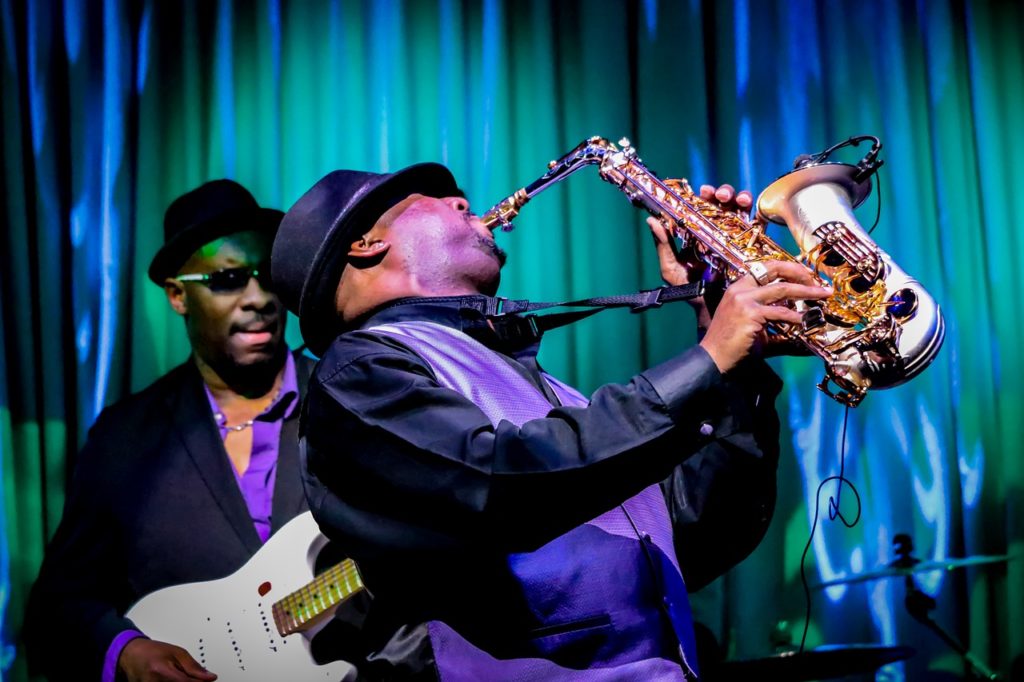The ideal just tuned major chord, starting with string 1:
E1 = 400 cents
B2 = 1102 cents
G#3 = 786 cents
E4 = 400 cents
B5 = 1102 cents
E6 = 400 cents
As I tuned the country blues guitar, I held an open E chord and adjusted the tuning machines until the chord stopped beating. The open strings:
E1 = 404 cents
B2 = 1110 cents
G3 = 678 cents
D4 = 200 cents
A5 = 885 cents
E6 = 401 cents
When I held the E chord I got:
E1 = 404 cents
B2 = 1110 cents
G#3 = 778 cents
E4 = 400 cents
B5 = 1085 cents
E6 = 401 cents
My tuning does not exactly match the ideal just intonation chord. Much of the variance can be chalked up to inharmonicity.
- However, like Block’s open G tuning, the third of the chord trends down toward a just major third.
- Unlike Block’s open G, the E blues standard tuning has a major third cent value below the cent value of a just major third.
- Nevertheless, the E chord will have a major third that sounds better than an equal tempered major third (400 cents).
Conversely, other chords, such as open A and open D, would have major thirds that’d be slightly more out of tune. This shows another example of chord coloration.
That is, the E-form barre chords, where the roots of the chords sit on the sixth string, will sound good.


